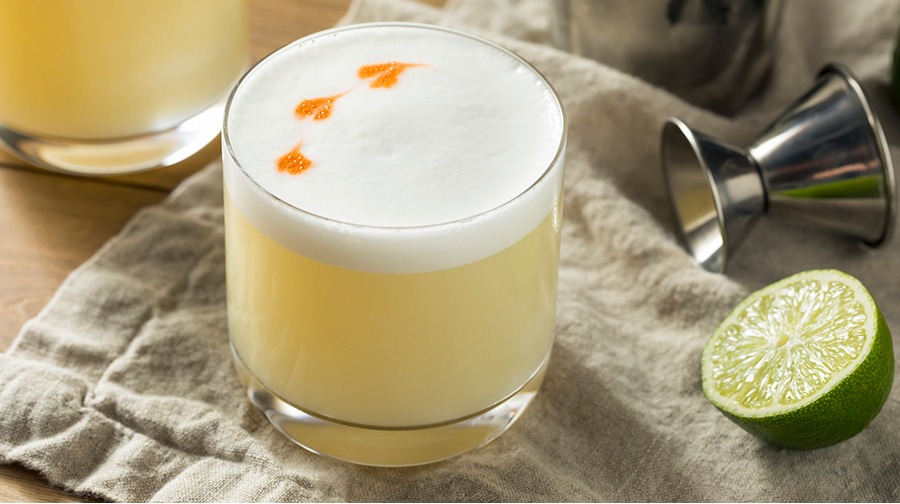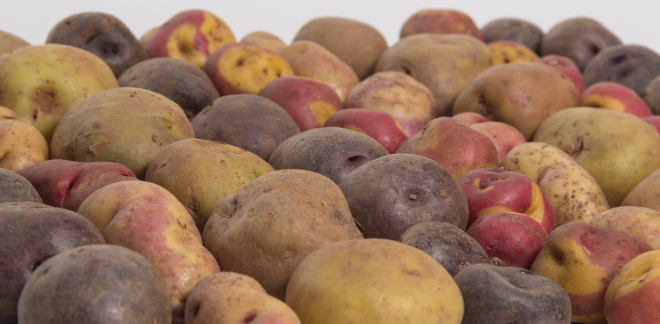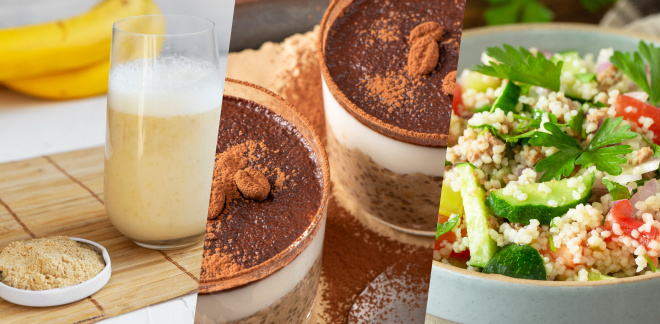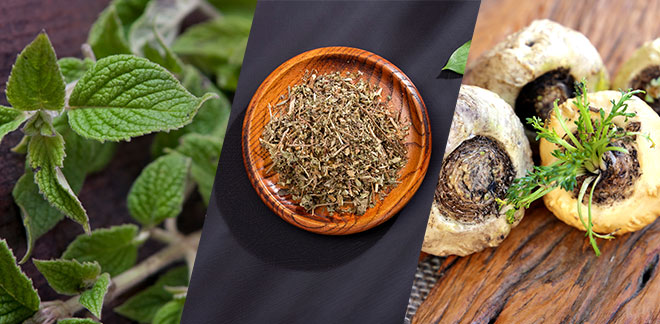GQ Spain: How to make the perfect pisco sour, Peru's gift to the world
Síguenos en:Google News
By Juan Claudio Matossian
Pisco sour, Peru's national cocktail, is one of the most surprising combinations due to its variety and nuances. A pleasure for the spirit and palate.
Few cocktails in the world are as balanced, sophisticated and complete as a pisco sour. It is a melange of delightful sensations: the creaminess of the beaten egg white gives way to the cool liquid; the acidity and citric flavors and aromas of the lemon combined with the sweetness of the sugar and the dryness of the pisco come together in a medley that is as tasty as it is (dangerously) addictive.
Although its nuances are complex, making the perfect pisco sour is not complicated. You just have to pay a little attention to the ingredients and the preparation. Let’s start with the base, pisco, the grape liquor which has been distilled in Peru since the sixteenth century (and in Chile, although there is controversy surrounding the denomination of origin similar to that surrounding champagne, cognac and sherry).
There are different types and varieties, determined first by the grape variety: aromatic (made with grapes such as Albilla or Torontel) and non-aromatic (using pisco grapes such as Mollar and, above all, Quebranta). And then determined by the production method: for Pisco Puro only one grape variety is used, and for Acholado Pisco, different grape varieties, or even several ready distilled piscos, are mixed (it is very similar to the distinction in the whisky world between single malt and blended, to give you an idea).
To make a pisco sour, it is best to use a pure, non-aromatic pisco – the most common and easiest to find is Quebranta pisco. In Spain you can buy Barsol Pisco Primero Quebranta on Amazon and Demonio de los Andes Pisco Quebranta on Uvinum.
Egg white is an ingredient that sparks controversy and is rejected by some bartenders for hygiene reasons, but which in our opinion is essential to achieve that creamy element we mentioned.
It has been used in mixology for more than a century, especially in citrus cocktails with a touch of sugar like the one we are dealing with here. It doesn't really affect the taste, because raw egg whites are basically tasteless, but it does have a big impact on the texture and appearance of the cocktail: it adds creaminess and volume, and a top layer of foam that greatly enhances the finish. As we said, not all bartenders use it for fear of salmonella, but if you use fresh eggs and keep them in an appropriate place, you shouldn't have any problems.
To achieve perfection, it is also best to use sugar syrup (what mixologists call 'simple syrup') instead of powdered sugar, to prevent undissolved grains from settling at the bottom and to control the degree of sweetness as much as possible. It is very easy to make: just take equal parts of water and sugar, put them together in a suitable container and heat it until the sugar dissolves and the liquid is completely clear, not cloudy. You then cool it in the refrigerator.
All you need now is the lemon juice and ice and you have everything you need to make the perfect pisco sour. These are its proportions and preparation method:
-2 parts (approx. 60 ml for a single glass) pisco
-1 part (30 ml) lemon juice
-1/2 part (15 ml) sugar syrup (or one tablespoon powdered sugar)
-1/4 part (7 ml) egg white
-Ice cubes
-To decorate and flavor, you can finish off with a few drops of Angostura bitters (just a few drops – three or four maximum – so as not to alter the mix too much).
Put all the ingredients except the ice in the cocktail shaker. This is important because when shaking, in addition to diluting the distillate, it can have the same effect on the egg white, preventing the desired foam from forming. You should therefore go for what is known as a "dry shake" and shake it quite briskly for a while, mainly to get the proteins of the egg white to expand as much as possible from contact with oxygen and create foam.
Then you can add the ice and shake a little more to cool the contents (if you don’t want to complicate things and prefer to save time, especially if you are going to make a lot to serve several people, you can always use a mixer instead of a cocktail shaker, but we don't recommend it. Patience and good work are always rewarded).
Pour the mixture into a short glass (or into a small wine or port glass, if you're looking for more sophistication) through a strainer, top with a few drops of Angostura bitters if desired, and there you have it.
Source: GQ Magazine / Spain Edition








